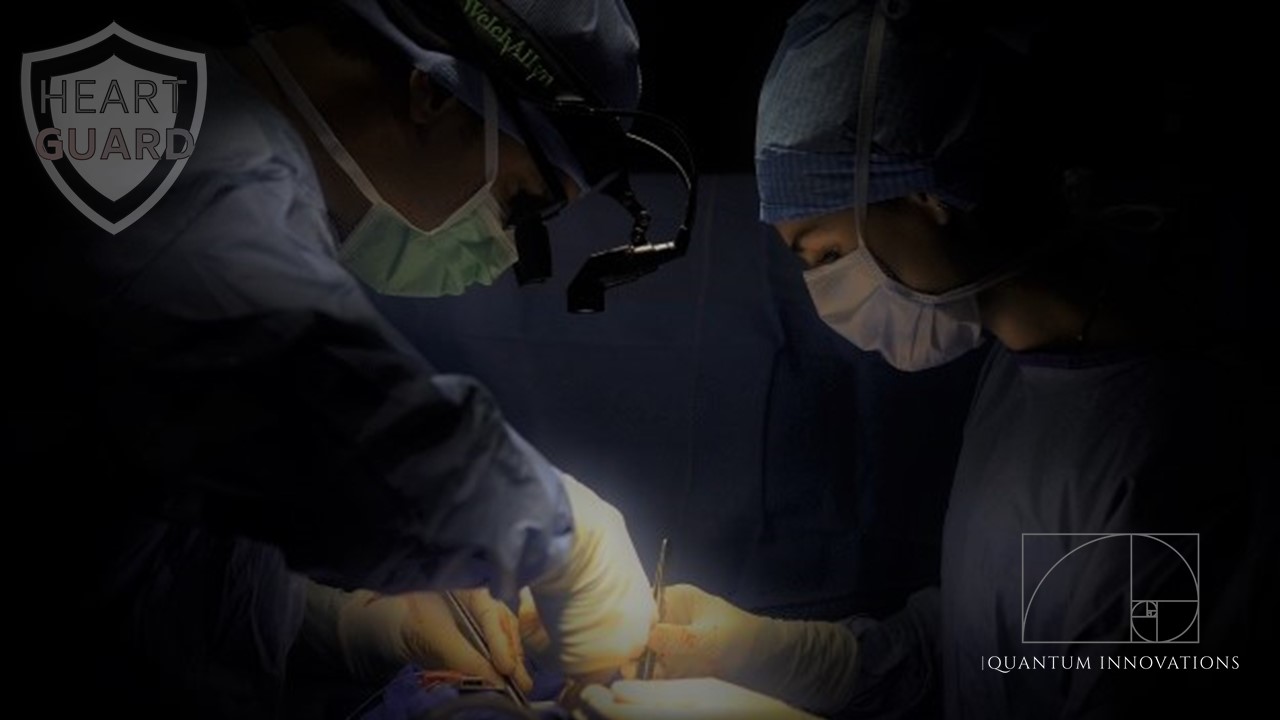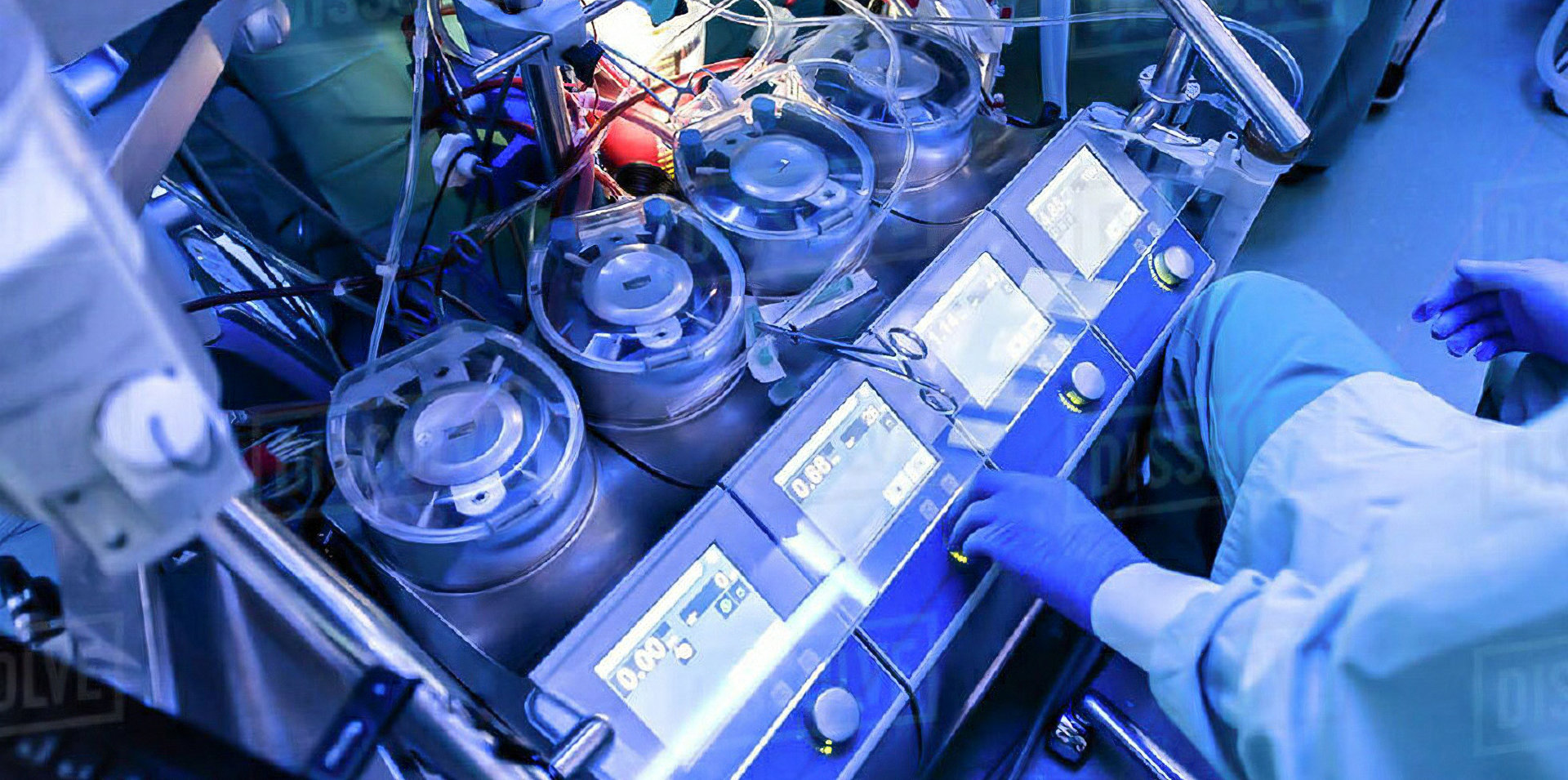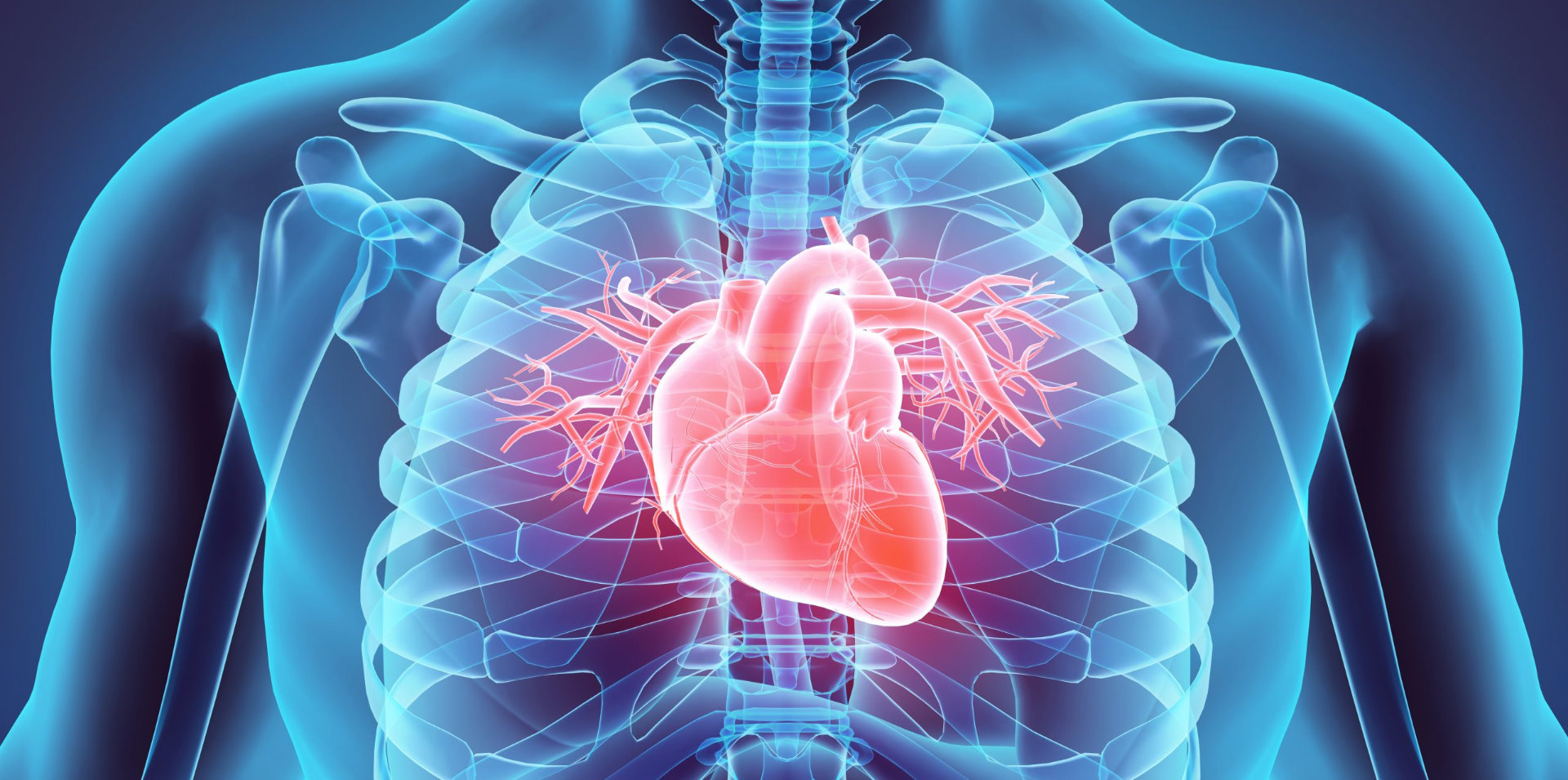A mystery of “6.4 POINT” in heart surgery

There is a thin border between safety and danger in #heartsurgery. We called it “6.4 point”. Most cardiac surgeries performed over the world requires arrested heart technique. Surgeons use extracorporeal circulation to switch off cardiac function and open the way into the heart cavities.
During that time there is no oxygen delivery to the heart cells. We lower its temperature and block electrical function. In most cases we do it. But in some we just THINK that we do it. Even when heart is not moving a low level of metabolism may be still active. When there is no oxygen left cardiac cells start anaerobic metabolism and some of these cells die. Surgeons can not see this. But there is a side effect of anaerobic metabolism. Acidosis of the heart muscle. This parameter can be calculated by measuring pH ratio of arrested heart muscle.
Colleagues from Harvard University found that lowering heart muscle pH during heart surgery below 6.4 resulted in severe heart failure and increased death rate. This knowledge has never been used in clinical practice. We may be sure that having a device showing to the surgeon actual pH of the heart muscle during surgery ALL of them would do everything not to CROSS 6.4 POINT. This is why we're creating Heart Guard.







